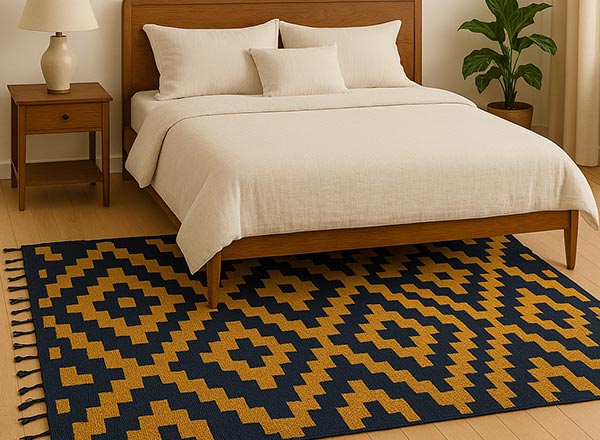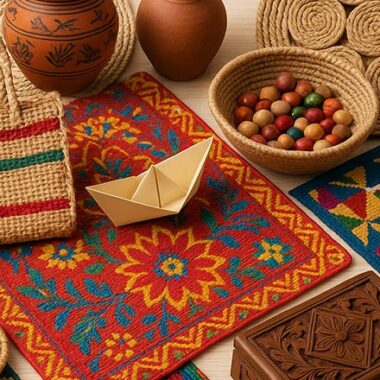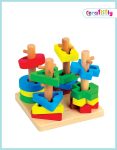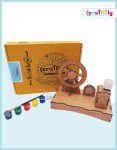Bangladesh is a land of heritage and craftsmanship, where tradition is not just remembered — it is lived. Among its many traditional crafts, Shatranji (শতরঞ্জি) stands out as a symbol of elegance, artistry, and historical pride. This unique floor-covering textile, originating from Rangpur in northern Bangladesh, has been a part of Bengali households for centuries.
Let’s explore the beauty, legacy, and modern significance of Shatranji craft — a timeless treasure woven with skill and soul.
What is Shatranji?
Shatranji is a traditional handcrafted rug or carpet made using a unique weaving technique, typically without the use of modern looms or machines. Each piece is woven by hand, thread by thread, often taking days or weeks to complete. It is:
-
Durable and colorful
-
Made from cotton or jute yarn
-
Decorated with geometric, floral, or folk-inspired motifs
-
Used as floor mats, wall hangings, prayer rugs, or decorative pieces
The richness of color and design in Shatranji makes it a perfect blend of utility and aesthetics.
Historical Background
The origins of Shatranji date back several hundred years to the Mughal period. It gained popularity during British colonial times as well, when Rangpur’s Shatranji products were exported to Europe and beyond.
Historically, Shatranji weaving was practiced by a small community of artisans in the Peerganj and Gangachara areas of Rangpur. These artisans inherited their skills through generations, maintaining the purity of design and technique.
In 2016, Shatranji received Geographical Indication (GI) status, officially recognizing its cultural significance and origin from Bangladesh.
How Shatranji Is Made
The process of making Shatranji is both labor-intensive and artistic:
-
Yarn Preparation: Cotton or jute threads are dyed in vibrant colors using natural or chemical dyes.
-
Design Planning: The design is often improvised or drawn beforehand. Traditional patterns often include checks, stripes, floral vines, or abstract geometric forms.
-
Weaving: Artisans sit on the ground and weave the rug manually without mechanical looms. The process requires immense patience, precision, and symmetry.
-
Finishing Touches: Edges are tied off or braided, and the piece is cleaned, trimmed, and quality-checked.
Each Shatranji reflects the artisan’s creativity, culture, and craftsmanship — no two pieces are exactly the same.
Cultural and Modern Uses
Shatranji was once a staple in every Bangladeshi home, especially in northern districts. It was used for:
-
Family gatherings on the floor
-
Sleeping mats in summer
-
Prayer rugs
-
Wedding gifts or heirloom items
Today, Shatranji has gained renewed interest for both traditional and contemporary interiors. It is used as:
-
Ethnic rugs and carpets
-
Wall art in urban homes
-
Eco-friendly decor in cafes, boutiques, and heritage hotels
-
Export goods sold globally for their handmade charm
Empowering Artisans and Preserving Heritage
Many rural women and traditional weavers are involved in Shatranji making, especially in cooperative organizations and cottage industries. Supporting this craft not only preserves an ancient heritage but also:
-
Provides fair employment
-
Encourages women’s participation in the economy
-
Promotes sustainable and handmade living
Efforts from government bodies and NGOs have helped bring Shatranji to local exhibitions, craft fairs, and even global markets.
Final Thoughts
Shatranji craft (শতরঞ্জি ক্রাফট) is more than just a woven floor covering — it’s a piece of Bangladesh’s soul. It carries the weight of tradition, the spirit of artistry, and the promise of a sustainable, handcrafted future.
By choosing a Shatranji, you’re not just decorating your space — you’re honoring history, supporting local artisans, and weaving culture into your everyday life.




